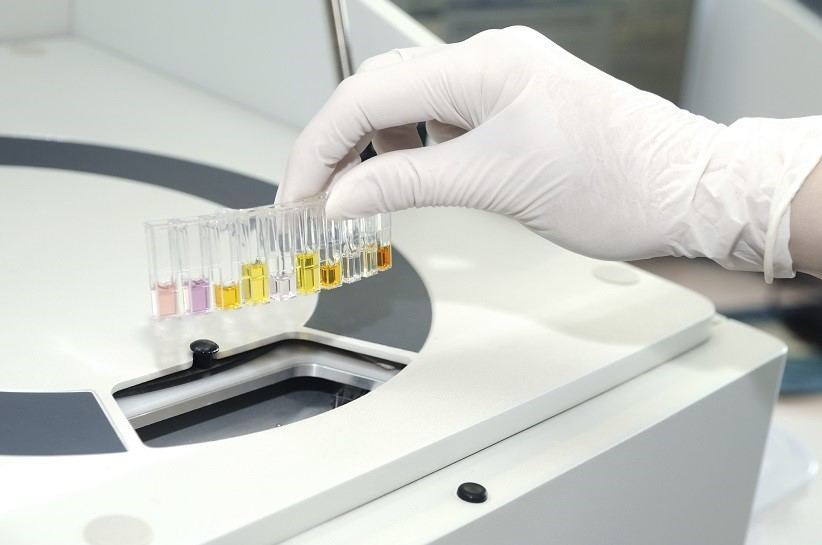As you prepare for your upcoming Tech Transfer, have you considered if you are appropriately prepared and ready to conduct an analytical method transfer? With the simple checklist provided below, you will never have to wonder again.
But first, a little background and some definitions:
Per the USP, the transfer of an analytical method is defined as the documented process that qualifies a laboratory (receiving laboratory) to use an analytical method that originated in another laboratory (transferring laboratory), whether that is internal or external to the receiving laboratory. These two types of laboratories can have varying relationships.
As mentioned above, the two laboratories can be external or internal to one another. In other words, the method may have been developed by a manufacturing facility (internal) and be sent to an external (contracted) laboratory for testing.
Additionally, the method can be transferred from an internal laboratory to another internal laboratory of the same facility (i.e. a Product/Process Development laboratory to Quality Control laboratory).
Nine Gate Approach
In ProPharma Group’s Nine Gate Tech Transfer Methodology, analytical method transfer is completed and verified in Gate 5.
The analytical methods are required for subsequent formulation and process development.
Types of Method Transfers:
- Comparative Testing – Analysis conducted on samples, from the same lot of product/API/device/etc., by both laboratories and acceptance criteria is met. The acceptance criteria and the acceptable variability are outlined in a transfer protocol.
- Co-validation of Laboratories – The transferring laboratory works with the receiving laboratory in an inter-laboratory validation effort at the transfer laboratory site. An assessment is conducted, using a transfer protocol, to evaluate the reproducibility of the process.
- Revalidation/Partial Revalidation – Complete or partial method validation per Validation of Compendial Procedures by the receiving laboratory.
In lieu of the above types of transfers, a facility may choose to pursue a Transfer Waiver. A Transfer Waiver is an appropriate, justified omission of a transfer process. The method is transferred without comparison data or generation of inter-laboratory data and the receiving laboratory is considered qualified for the transferred method.
This is based on risk analysis associated with the receiving laboratory’s experience and knowledge as well as the complexity of the product or method.
Related: Laboratory Data Integrity e-learning course
Analytical Method Transfer Checklist:
- The receiving laboratory shall verify that all equipment/system(s) required to perform the method testing is available
- The receiving laboratory shall verify that all equipment is qualified and properly calibrated – laboratory equipment/system(s) are in compliance with all applicable regulations and user specifications
- Reference/test standards, methods, and samples shipped from transferring laboratory to receiving laboratory – Validation report(s), and any/all additional required documents to the
receiving laboratory - The transferring laboratory shall provide necessary training to the receiving laboratory for all non-USP tests.
- The receiving laboratory shall run through procedure(s), methods, document(s) received and identify any issues prior to the start of the execution of the transfer protocol.
- All staff at the receiving laboratory shall be properly trained and qualified to run analytical methods.
- A single lot of the article (product, API, device, system) is required for testing.
Note: A single lot is required due to the fact that this analysis is not of the manufacturing process, but rather of the method’s performance. Additional lots may be tested if desired.
- Pre-approved Protocol shall be reviewed, approved by both laboratories, and shall follow appropriate procedures – at a minimum, the protocol shall include the method procedure, the required materials/instruments, the transfer acceptance criteria, the specific analytical performance characteristics, and what will be evaluated for acceptable transfer results.
- Analytical Method of the receiving laboratory shall include sufficient detail and unambiguously outline the procedure to be followed.
- Pre-Transfer meeting should be held to review the method transfer data, clarify any outstanding issues, and to remediate any deviations encountered, if applicable.
- Final Transfer Report shall be initiated to summarize the results obtained – at a minimum, the final report shall outline the results obtained and include a conclusion statement confirming the analytical method qualification at the receiving laboratory.
It is highly recommended that the method transfer process flow for each method is mapped. Once all the process flows are mapped, bottlenecks and areas of concern can be determined and mitigated. With a process in place and that process appropriately mapped, the analytical method transfer has every chance of success.
